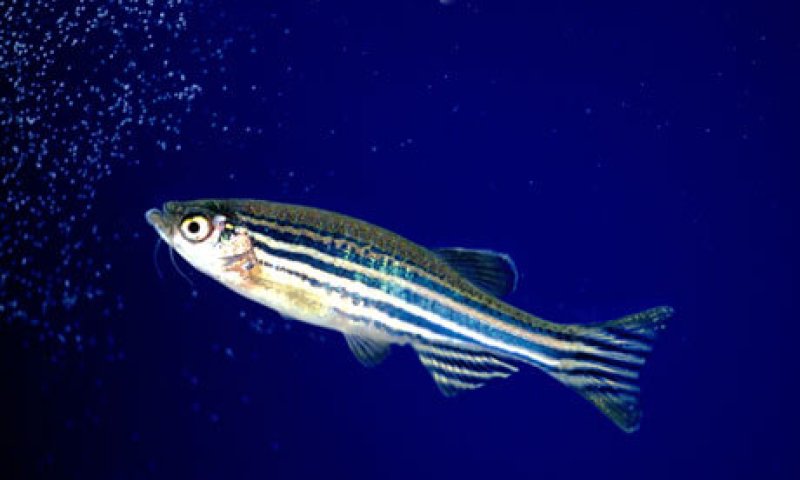Its size may be deceiving, but the Zebrafish—which grows to a maximum length of only two inches—is having a large impact on medical and genetics research.
“In fact, Danio rerio, to give them their scientific name, are not so much useful for modern biological research as indispensable,” writes The Guardian’s Robin McKie. “In combination with its transparency and its remarkable growth rate, the zebrafish’s genetic structure is surprisingly close to that of Homo sapiens.”
Although the human genome was sequenced a decade ago, scientists still do not know what it is these genes do inside the body. “That is where the zebrafish comes in.”
Read the full, original story here: “How the diminutive Zebrafish is having a big impact on medical research”
Additional Resources:































